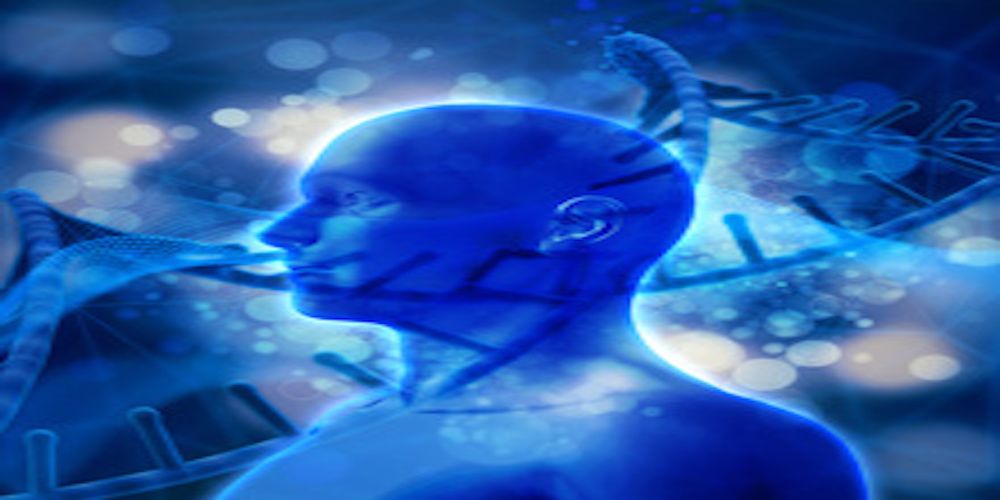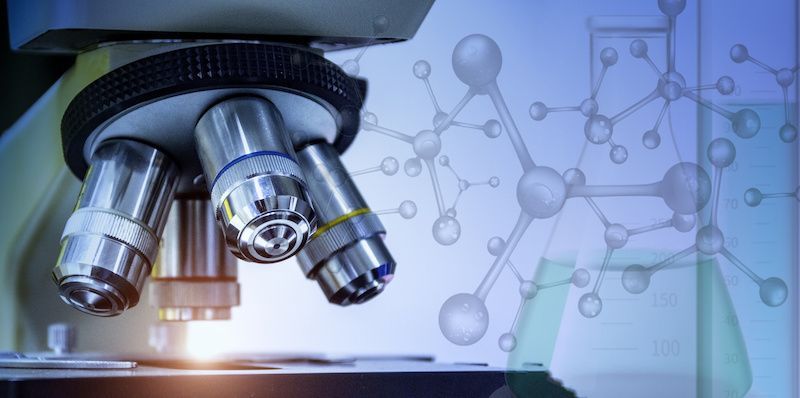Article
Expert: Better Harmony Is Needed to Prevent Compromised Specimens During CGP Testing
Author(s):
Despite technological advancements, there are still many factors that can cause specimens for comprehensive genomic profiling (CGP) testing to become compromised, potentially leading to inaccurate prognostic results, according to a recent webinar.
Despite advancements in technology, several factors remain that can lead to specimens during the preanalytic phase prior to comprehensive genomic profiling (CGP) testing to become compromised, producing inaccurate results for patients in need of prognostic or treatment-based information, according to a recent webinar.
The webinar, which was virtually hosted by the Association of Community Cancer Centers (ACCC), titled “Preanalytics and Tissue Stewardship: Controlling the Molecular Integrity of Patient Samples,” contained insight into the many avenues that specimens can become unusable for CGP testing and recommendations for how to prevent compromised specimens.
Compton defined preanalytics as all factors and steps that present prior to the analysis of a specimen, which involves a number of processes and people.
“There is no requirement to control or record preanalytics in medical practice. In fact, every specimen from every patient ends up being what I call ‘mystery meat’ because it has no provenance. We don't know what has happened to it…. We don't know at the time of the initial analysis and we never know it downstream…. Specimen history is always unknown and this is unconscionable,” said speaker Carolyn Compton, MD, PhD, professor of life sciences at Arizona State University and the chief medical officer of the National Biomarker Development Alliance.
These factors could cause specimens to have an altered molecular composition or a change in temperature, putting added pressure on the specimen and potentially skewing CGP results. Additionally, the factors could lead to specimens undergoing chemical degradation.
As a result, preserving specimens from the time of collection to the end of an analysis is an important feat for all professionals involved to ensure that patients can receive the most accurate information, according to Compton.
“All our efforts must be focused in real time on the upfront management of specimens. You cannot go back and fix a bad specimen and technology won't fix it either. It's up to us as professionals to assure the integrity of patient samples. Patients are counting on us to do this,” she said.
There is also an issue with the reproducibility of data, with current estimates revealing that between one-half and one-third of all published, peer-reviewed biomedical research is irreproducible.
Compton noted that not all factors can be avoided entirely. There may be laws that dictate how medical laboratories can operate and make using unapproved data to inform patient decisions illegal. Further, the drugs that a patient receives during surgery, the state of patient, a patient’s biochemistry, the arterial clamp timing while planning to remove an organ or tissue, the exposure of the specimen to the temperature outside of the body are all factors that can impact specimen biology and cannot be prevented.
Problems with storage, including hydrolysis, oxidation and physical damage, can occur and prevent specimens from being used down the road. Compton noted that the industry-wide move to storing specimens in vacuum sealed bags to prevent oxidation revealed that hydrolysis formed from inadequate dehydration of specimens during tissue preparation is the biggest storage issue.
Collection issues with liquid biopsies, such as what tube is used, what the order of draw was, or differences regarding processing procedures centrifuge temperatures, and distribution storage can all impact laboratory analyses. “With liquid biopsies coming to the fore as new ways to manage patients in a much more pointed molecularly-based on the content of the plasma that is derived from a disease like cancer, this can be an all important issue with our blood samples,” Compton warned.
Compton said that new control standards are needed and all professionals at every levels of laboratory analysis need to place a greater focus on the stabilization and preservation of specimens.
“But we are aiming for harmony across the whole of the international institutions….We are not going to solve this until every member of the chain of custody is involved. Surgeons, nurses, transport personnel, phlebotomists, endoscopists, physician assistants, pathologists, pathology assistants, we all need to be involved in the solution to this problem because this is what we are aiming for. Precision Medicine is nothing if not garbage in, garbage out. And our task is to remove this paradigm from the process.”

ICYMI: Highlights From the 2022 American Academy of Dermatology Meeting




